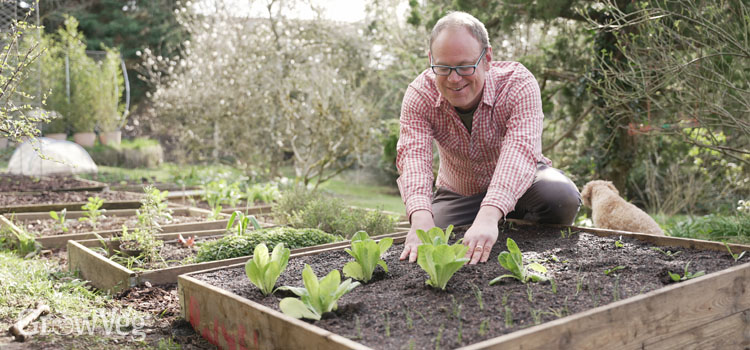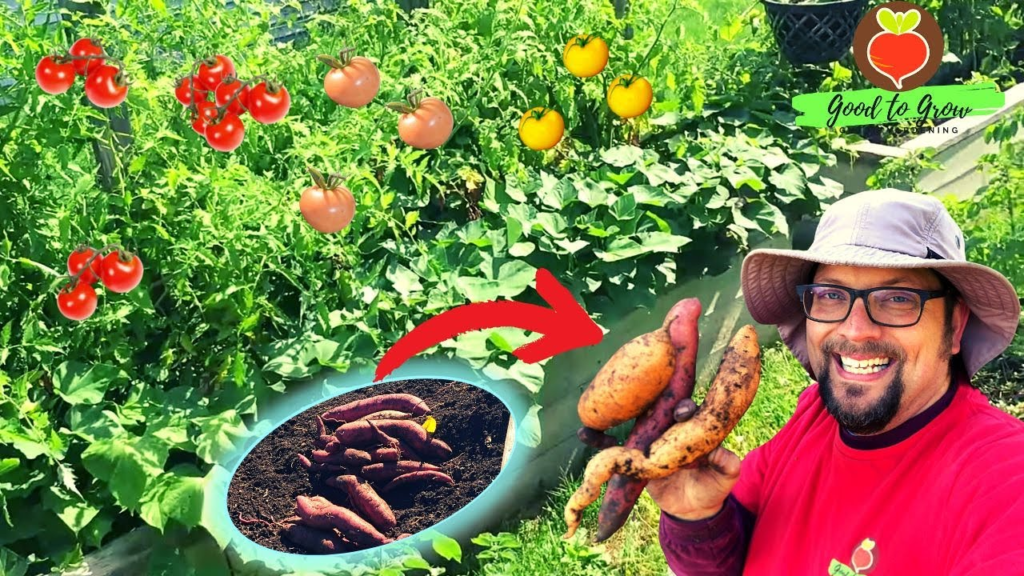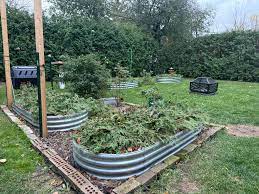By Barbara Pleasant | June 24, 2023
Roots are the unsung heroes of your vegetable garden, silently working below ground to supply plants with water and nutrients, anchor them in place, and foster symbiotic relationships with beneficial soil microorganisms. But not all roots are created equal. From shallow-rooted radishes to deeply entrenched pumpkins, understanding the rooting habits of your crops is key to making informed decisions about site selection, soil preparation, and fertilization.
Here’s your ultimate guide to vegetable root depths, complete with tailored gardening tips for each category.
Shallow-Rooted Vegetables
Examples: Basil, chives, cilantro, lettuce, parsley, radicchio, radish, scallions, spinach, strawberries, and most culinary herbs.
Shallow-rooted vegetables typically grow roots that extend only 12 to 18 inches (30 to 46 cm) deep in open soil. Their modest root systems make them ideal for containers, troughs, or small raised beds. These plants thrive in shallow conditions as long as they receive adequate sunlight, nutrients, water, and spacing.

Gardening Tips:
- Soil Preparation: No need for deep digging—simply mix compost and plant food into the top few inches of soil.
- Spacing: Avoid overcrowding. Thin plants as needed to ensure they have enough “elbow room” for healthy growth.
- Maintenance: These fast growers often require frequent watering, as their shallow roots are more susceptible to drying out.
Medium-Rooted Vegetables
Examples: Carrots, cabbage, chard, cucumbers, eggplants, kale, peppers, potatoes, compact tomatoes, and sweet potatoes.
Medium-rooted vegetables form root systems about 18 inches (46 cm) deep, with wide lateral roots creating a mat-like structure below the soil surface. These crops often require nutrient-rich soil and consistent care to reach their full potential.

Gardening Tips:
- Soil Preparation: Incorporate compost and a balanced organic fertilizer into the soil 1–2 weeks before planting.
- Mulching: For summer crops, use mulch to maintain soil moisture and regulate temperature.
- Watering: Opt for deep, infrequent soakings rather than surface watering to encourage robust root growth.
Deep-Rooted Vegetables
Examples: Artichokes, melons, parsnips, pumpkins, winter squash, large indeterminate tomatoes, and watermelon.
Deep-rooted vegetables are nature’s long-haul crops, developing roots that penetrate 24 inches (61 cm) or more. These extensive root systems help plants access nutrients from deep within the soil and act as natural cooling systems during scorching weather.

Gardening Tips:
- Soil Preparation: Use tools like a broadfork to loosen compacted soil, and consider double-digging for long-lasting results.
- Fertilization: Enrich the subsoil with organic matter, focusing on areas where nitrogen-rich crops like sweet corn were previously grown.
- Crop Rotation: Follow nitrogen-fixing cover crops to maximize nutrient availability for deep-rooted vegetables.
Maximize Your Garden’s Potential
By tailoring your gardening practices to the rooting habits of your vegetables, you’ll create a thriving ecosystem where each plant gets the care it needs. Whether you’re growing lettuce in containers or pumpkins in a spacious garden plot, understanding root depths can help you plan smarter, save resources, and enjoy healthier, more productive crops.
Happy gardening!
